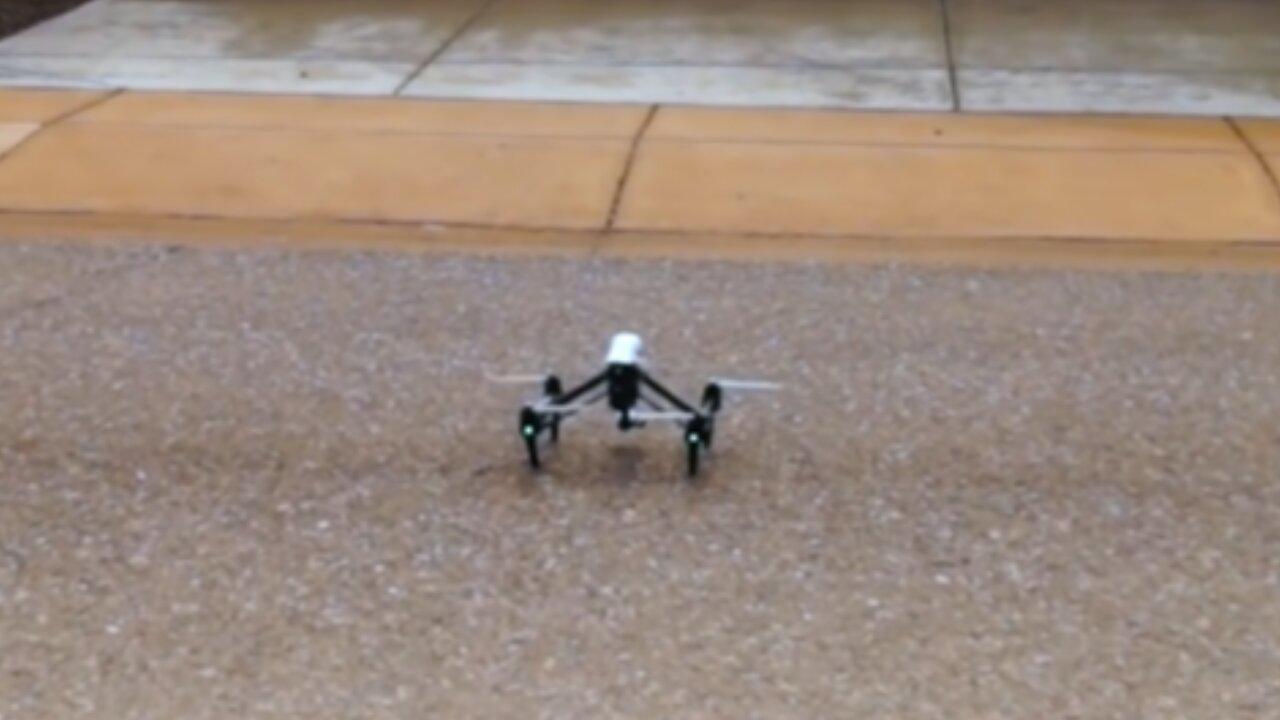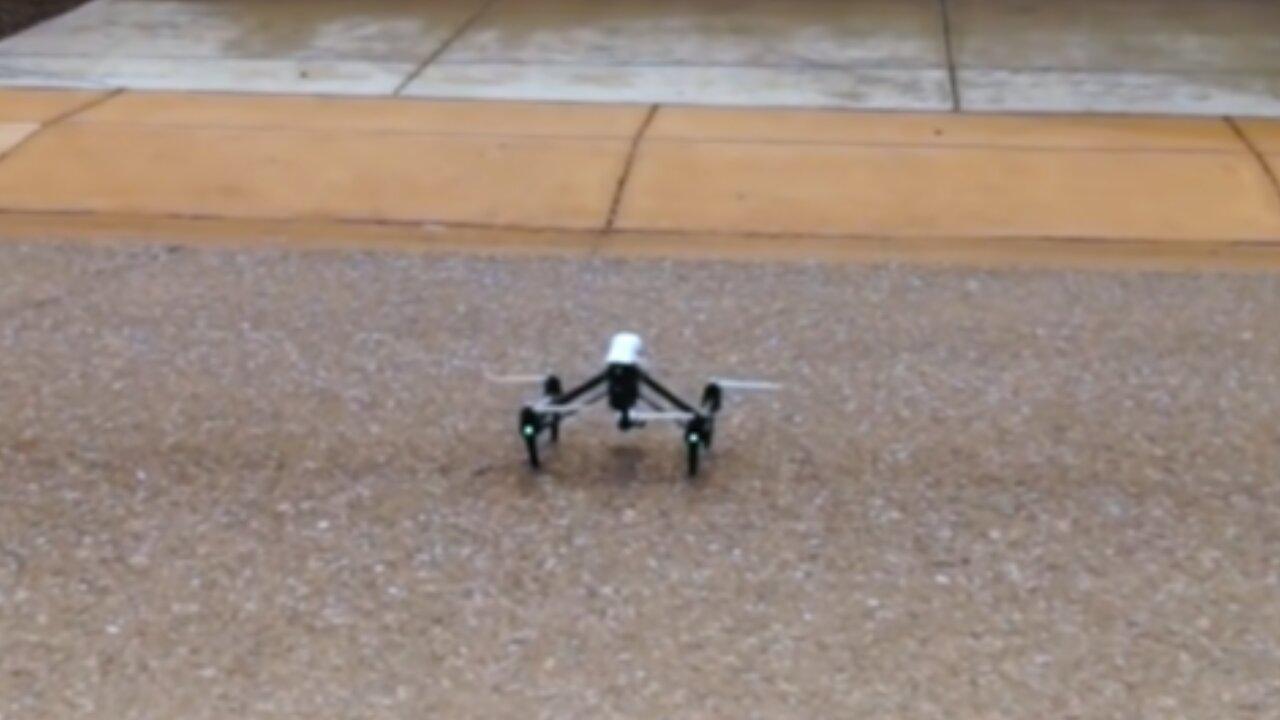Drone show crash: These spectacular displays of light and technology can sometimes end in disaster. From software glitches to pilot error, the potential for failure exists, impacting everything from financial losses to public safety. This guide explores the various causes of drone show crashes, examines existing safety protocols, and investigates ways to prevent future incidents. We’ll delve into real-world examples, analyze technological vulnerabilities, and propose solutions to enhance the safety and reliability of drone shows.
Drone show crashes are unfortunately becoming more common, highlighting the need for robust safety protocols. A recent incident, like the one detailed in this article about a drone crash in Paris , underscores the potential consequences of malfunction or operator error. Understanding these failures helps improve drone show planning and minimize future risks to both equipment and spectators.
Understanding the complexities of drone technology and the potential for things to go wrong is crucial for anyone involved in planning, executing, or simply enjoying these increasingly popular aerial spectacles. We’ll examine the various factors contributing to crashes, from simple mechanical failures to complex software issues and human error. We’ll also explore the post-crash investigation process and the preventative measures that can be taken to minimize the risk of future accidents.
Drone Show Crash Analysis: Understanding Causes, Prevention, and Aftermath

Drone shows, while spectacular, carry inherent risks. Understanding the various factors that can lead to crashes, implementing robust safety protocols, and establishing efficient post-crash procedures are crucial for ensuring the safety of spectators, property, and the reputation of the industry.
Types of Drone Show Crashes
Drone show crashes can be categorized into several types, each stemming from different root causes. These range from simple human error to complex technological failures.
- Software Malfunction: Glitches in the flight control software, autonomous navigation systems, or communication protocols can cause erratic behavior and crashes. For example, a software bug might cause multiple drones to collide during a complex synchronized maneuver.
- Hardware Failure: Mechanical failures, such as motor malfunctions, GPS receiver issues, or battery problems, can lead to immediate loss of control. A failing motor could cause a drone to lose altitude unexpectedly, resulting in a crash.
- Pilot Error: Human error, including poor judgment, inadequate training, or insufficient situational awareness, remains a significant contributor to accidents. For instance, a pilot might misjudge the wind conditions, leading to a drone being blown off course and crashing.
- Environmental Factors: Adverse weather conditions, such as strong winds, rain, or fog, can severely impact drone performance and increase the risk of crashes. Heavy rain could cause a short circuit in the drone’s electronics.
The severity of a drone show crash varies significantly depending on the cause and circumstances. A single drone malfunction might cause minor damage, while a widespread system failure could result in significant property damage or even injuries.
Safety Protocols and Regulations

Several safety regulations and protocols are in place to mitigate the risks associated with drone shows. These are crucial for ensuring the safety and success of these events.
- Existing Regulations: Many countries have regulations governing the operation of drones, including restrictions on flight altitudes, airspace limitations, and pilot certifications. These regulations often require pilots to obtain licenses and demonstrate proficiency in operating drones safely.
- Pilot Training and Certification: Rigorous pilot training programs, emphasizing emergency procedures and risk management, are essential. Certification ensures that pilots possess the necessary skills and knowledge to handle various situations, including emergencies.
- Hypothetical Improved Safety Protocol: An improved safety protocol could incorporate redundant systems, such as backup GPS units and communication channels, as well as automated fail-safes that automatically land drones in case of critical malfunctions. Real-time monitoring of drone health and environmental conditions is also crucial.
Technological Factors Contributing to Crashes

Several technological components play critical roles in the safe operation of drones in a show. Malfunctions in these components can lead to catastrophic results.
| Technology | Failure Rate (Hypothetical) | Cause of Failure | Mitigation Strategies |
|---|---|---|---|
| GPS | 0.1% | Signal interference, hardware malfunction | Redundant GPS modules, inertial navigation systems |
| Communication Systems | 0.2% | Signal loss, interference | Multiple communication channels, fail-safe return-to-home mechanisms |
| Batteries | 0.5% | Overheating, premature discharge | High-quality batteries, battery monitoring systems |
| Flight Controllers | 0.3% | Software glitches, hardware failures | Redundant flight controllers, robust software testing |
Impact and Consequences of Crashes
Drone show crashes can have a range of consequences, from minor damage to significant financial and legal repercussions. The severity of these consequences depends heavily on the scale and nature of the incident.
- Minor: A single drone malfunctioning and landing harmlessly.
- Moderate: Several drones colliding, causing minor property damage.
- Severe: A large-scale system failure resulting in significant property damage and potential injuries.
Financial implications can include repair costs, legal fees, and loss of revenue. Legal consequences might involve lawsuits and regulatory penalties.
Post-Crash Procedures and Investigations
Following a drone show crash, a systematic approach to investigation and remediation is essential. This ensures accountability and prevents future incidents.
That drone show crash got me thinking about the safety and reliability of drone technology. It makes you wonder about the infrastructure needed for things like Amazon’s drone delivery program, especially given the potential for mishaps. Check out this list of amazon drone delivery locations to see how widespread their operation is; it’s pretty impressive, but that crash also highlights the risks involved in large-scale drone operations.
- Standard Procedures: Secure the crash site, document the damage, and collect any relevant data from the drones involved. This includes flight data recorders and sensor logs.
- Investigative Process: A thorough investigation is conducted to determine the root cause of the crash. This typically involves examining hardware, software, pilot actions, and environmental factors.
- Data Analysis: Data from flight recorders, cameras, and other onboard sensors is analyzed to reconstruct the events leading up to the crash. This helps pinpoint the precise sequence of events and identify potential contributing factors.
Preventing Future Crashes
Implementing preventative measures can significantly reduce the likelihood of future drone show crashes. This requires a multi-faceted approach.
- Preventative Measures: Rigorous pre-flight checks, weather monitoring, and redundant systems are vital. Regular software updates and hardware maintenance also play a crucial role.
- Innovative Technologies: Advanced obstacle avoidance systems, improved communication protocols, and enhanced battery technologies can enhance safety. Artificial intelligence could be used for predictive maintenance and real-time risk assessment.
- Hypothetical Real-time Monitoring System: Imagine a central control system with a comprehensive visual display showing the real-time location, status, and health of every drone in the show. This system would incorporate automated alerts for potential hazards and allow for immediate intervention if necessary. It would also record all flight data for post-event analysis.
Case Studies of Notable Drone Show Crashes
Analyzing past incidents provides valuable insights into preventing future occurrences. Three hypothetical case studies are presented below, showcasing diverse failure modes and consequences.
- Case Study 1: Software Glitch: A software bug in the synchronization algorithm caused a collision between several drones during a complex formation, resulting in minor damage.
- Case Study 2: Hardware Failure: A motor failure in a single drone caused an uncontrolled descent, leading to a crash into a nearby building causing moderate damage.
- Case Study 3: Environmental Factors: Unexpected strong winds during a show caused several drones to deviate from their planned paths, resulting in a chaotic situation that caused minor damage and a temporary show stoppage.
These case studies highlight the importance of comprehensive pre-flight checks, robust software testing, and the ability to adapt to unexpected environmental conditions.
Final Conclusion

Ultimately, preventing drone show crashes requires a multi-faceted approach encompassing robust safety protocols, rigorous pilot training, advanced technology, and a thorough understanding of potential failure points. By learning from past incidents and embracing innovative solutions, we can strive to make drone shows safer and more reliable, ensuring that these awe-inspiring displays continue to captivate audiences without compromising safety. The future of drone shows hinges on proactive safety measures and a commitment to continuous improvement in technology and operational practices.
Drone show crashes are unfortunately becoming more common, highlighting the need for better safety protocols. Check out this article detailing a recent incident: drone show crash for a better understanding of the potential causes and consequences. Learning from these events is crucial to improving the safety and reliability of future drone light shows.
FAQ Summary: Drone Show Crash
What are the most common causes of drone show malfunctions leading to crashes?
Common causes include GPS signal loss, battery failure, software glitches, and pilot error. Environmental factors like strong winds can also contribute.
What kind of legal ramifications can occur after a drone show crash?
Legal consequences can range from fines and lawsuits to criminal charges depending on the severity of the damage and injuries caused. Insurance coverage and liability are key considerations.
How are drone show crashes investigated?
Investigations typically involve analyzing flight data recorders, examining drone components for malfunctions, interviewing witnesses, and reviewing safety protocols followed.
What role does insurance play in mitigating the financial risks associated with drone show crashes?
Comprehensive insurance policies are essential to cover potential damages, injuries, and legal costs arising from drone show accidents.
